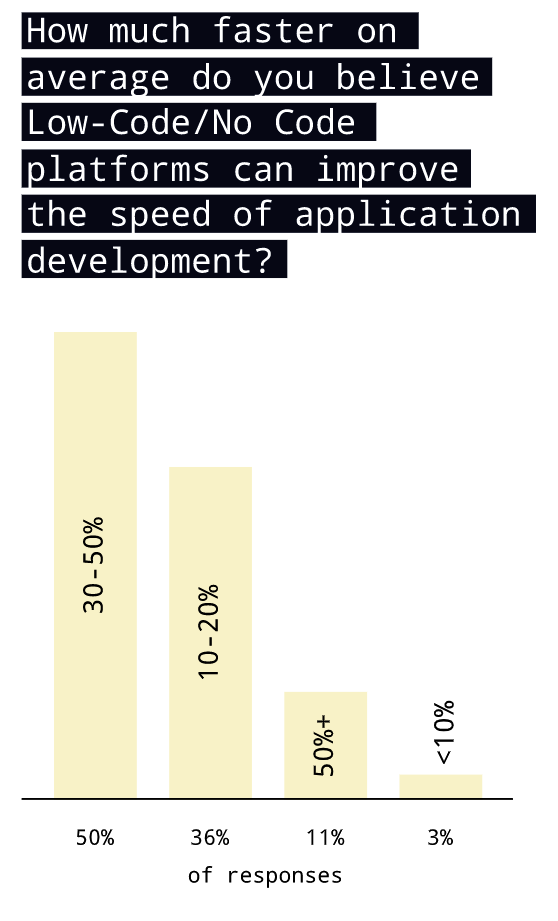Understanding the Key Differences: How Are Federal Subsidized and Unsubsidized Loans Different?
Guide or Summary:Introduction to Federal Student LoansWhat Are Federal Subsidized Loans?What Are Federal Unsubsidized Loans?Key Differences Between Subsidiz……
Guide or Summary:
- Introduction to Federal Student Loans
- What Are Federal Subsidized Loans?
- What Are Federal Unsubsidized Loans?
- Key Differences Between Subsidized and Unsubsidized Loans
- Conclusion: Making the Right Choice
Introduction to Federal Student Loans
Navigating the world of student loans can be daunting, especially when it comes to understanding the various types available. Among the most common options for students in need of financial assistance are federal subsidized and unsubsidized loans. This article will delve into how these two types of federal loans differ, helping you make informed decisions about financing your education.
What Are Federal Subsidized Loans?
Federal subsidized loans are designed to assist undergraduate students who demonstrate financial need. The key feature that sets these loans apart is the interest subsidy provided by the federal government. While you are enrolled in school at least half-time, during the grace period, and during deferment periods, the government pays the interest on these loans. This means that the total amount you owe upon graduation is less than what you would owe with an unsubsidized loan, making subsidized loans a more affordable option for students.

What Are Federal Unsubsidized Loans?
In contrast, federal unsubsidized loans are available to both undergraduate and graduate students, regardless of their financial need. With unsubsidized loans, interest begins accruing as soon as the loan is disbursed. This means that even while you are in school, you are responsible for the interest that accumulates. If you choose not to pay the interest while in school, it will be capitalized, meaning it will be added to your principal balance, resulting in a higher total loan amount to repay after graduation.
Key Differences Between Subsidized and Unsubsidized Loans
1. **Eligibility Criteria**: The most significant difference is the eligibility criteria. Subsidized loans are offered based on financial need, while unsubsidized loans are available to all students, regardless of their financial situation.
2. **Interest Payments**: As previously mentioned, the government pays the interest on subsidized loans while you are in school, which can save you a significant amount of money over time. In contrast, you are responsible for the interest on unsubsidized loans from the moment they are disbursed.

3. **Loan Limits**: There are also differences in borrowing limits. Subsidized loans generally have lower limits compared to unsubsidized loans. This is because they are aimed at students with financial need, and the government wants to ensure that these funds are allocated effectively.
4. **Repayment Terms**: Both types of loans offer similar repayment plans, but the total amount you will repay can differ significantly due to the interest accrued on unsubsidized loans. Understanding these terms is crucial for planning your financial future.
Conclusion: Making the Right Choice
When considering how to finance your education, understanding how federal subsidized and unsubsidized loans differ is essential. Subsidized loans can provide significant savings due to the interest subsidy, making them an attractive option for students who qualify. However, unsubsidized loans offer greater accessibility, allowing students to borrow funds regardless of their financial situation.

Ultimately, the choice between subsidized and unsubsidized loans will depend on your individual circumstances, including your financial need, the total cost of your education, and your long-term financial goals. By carefully weighing the differences and understanding the implications of each loan type, you can make a more informed decision that aligns with your educational and financial objectives.